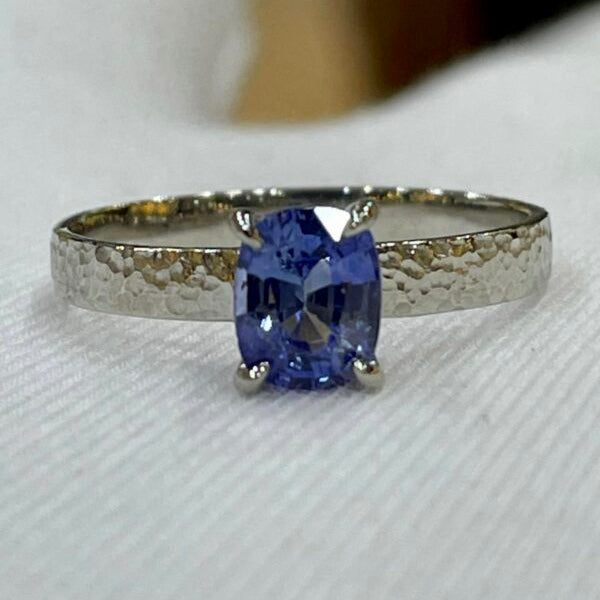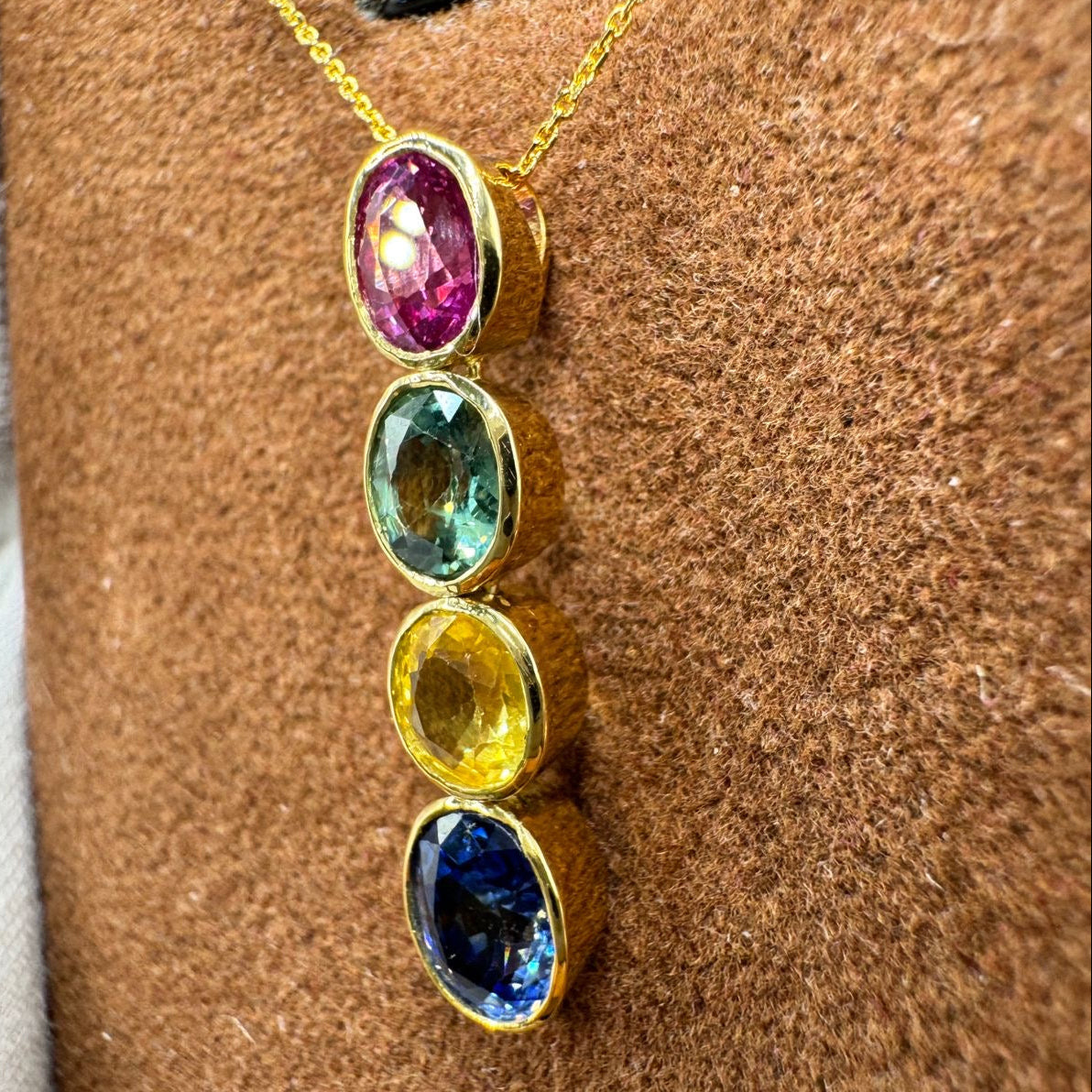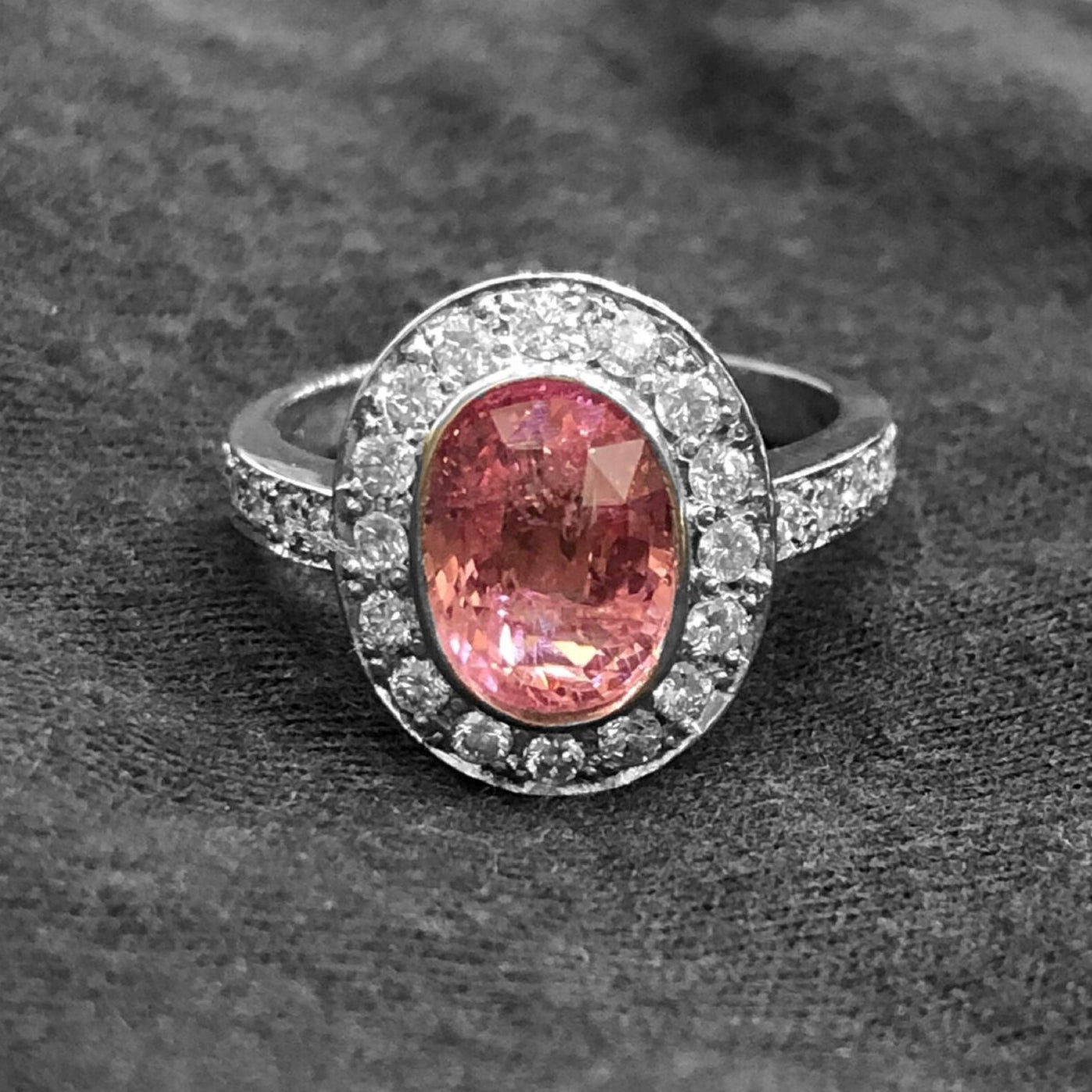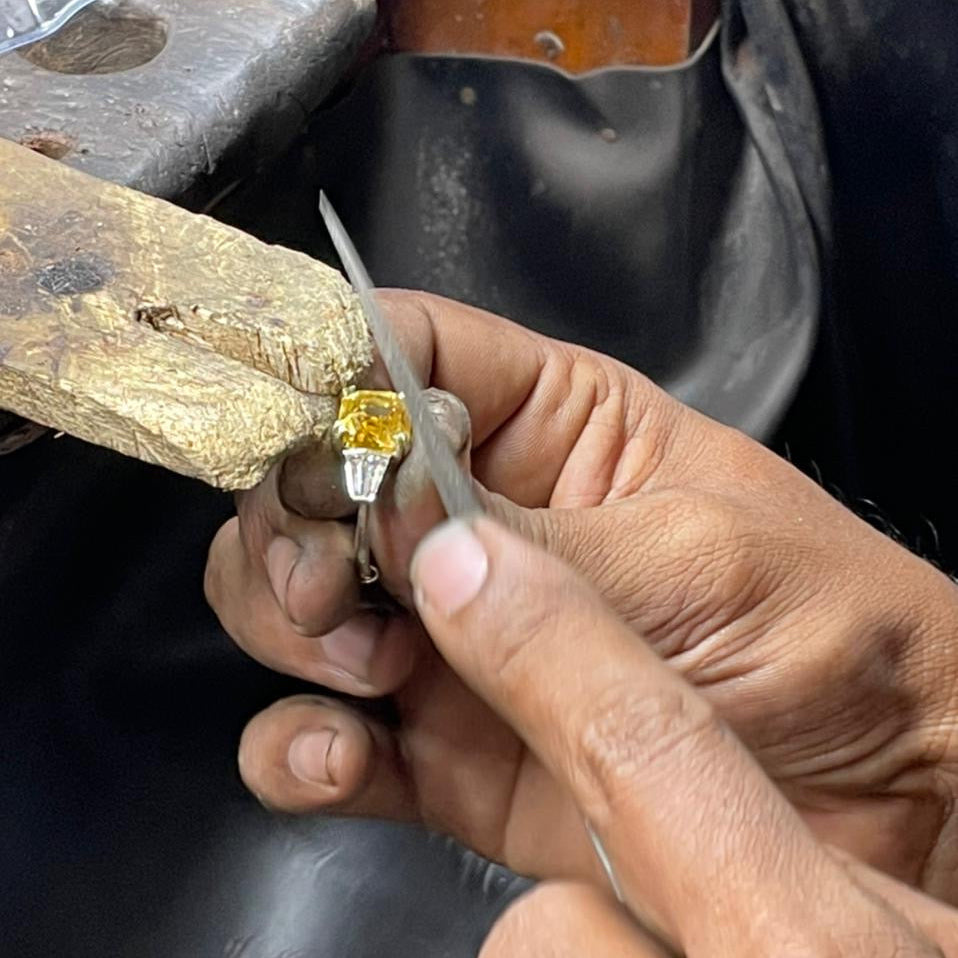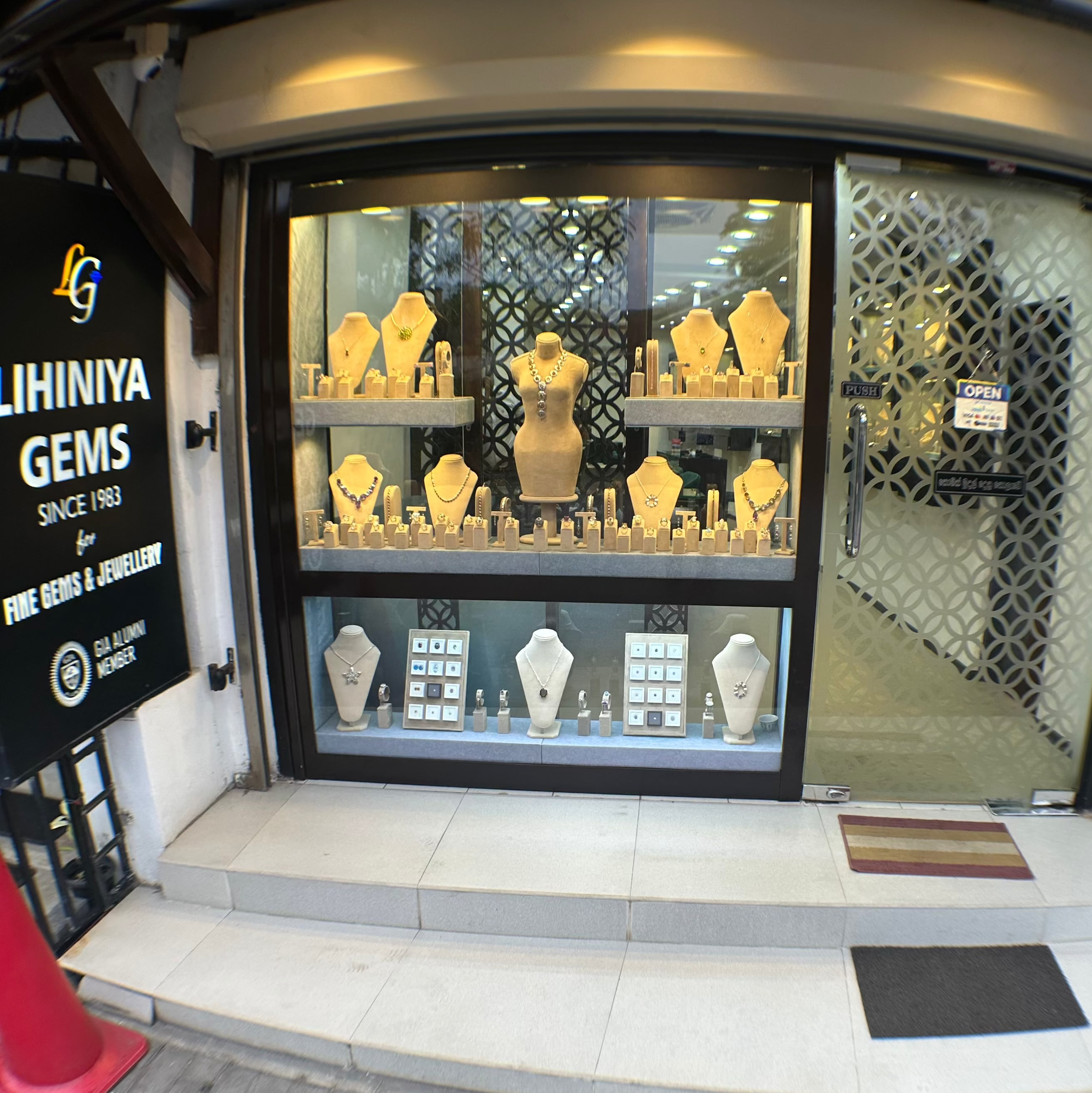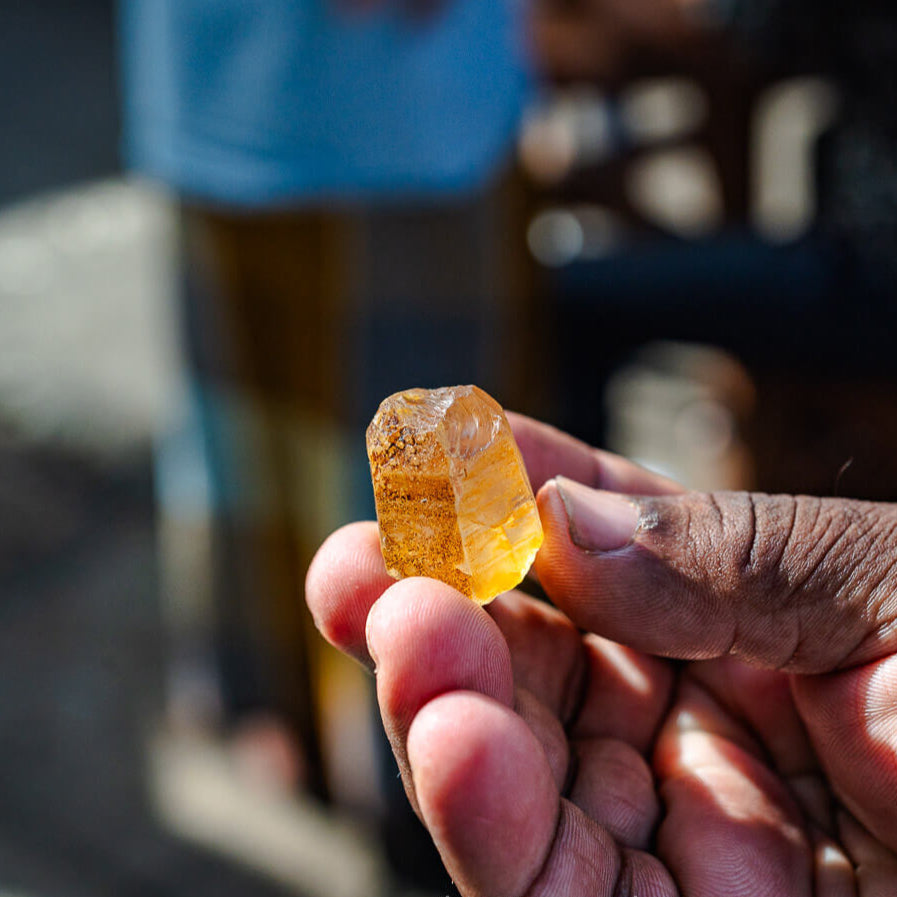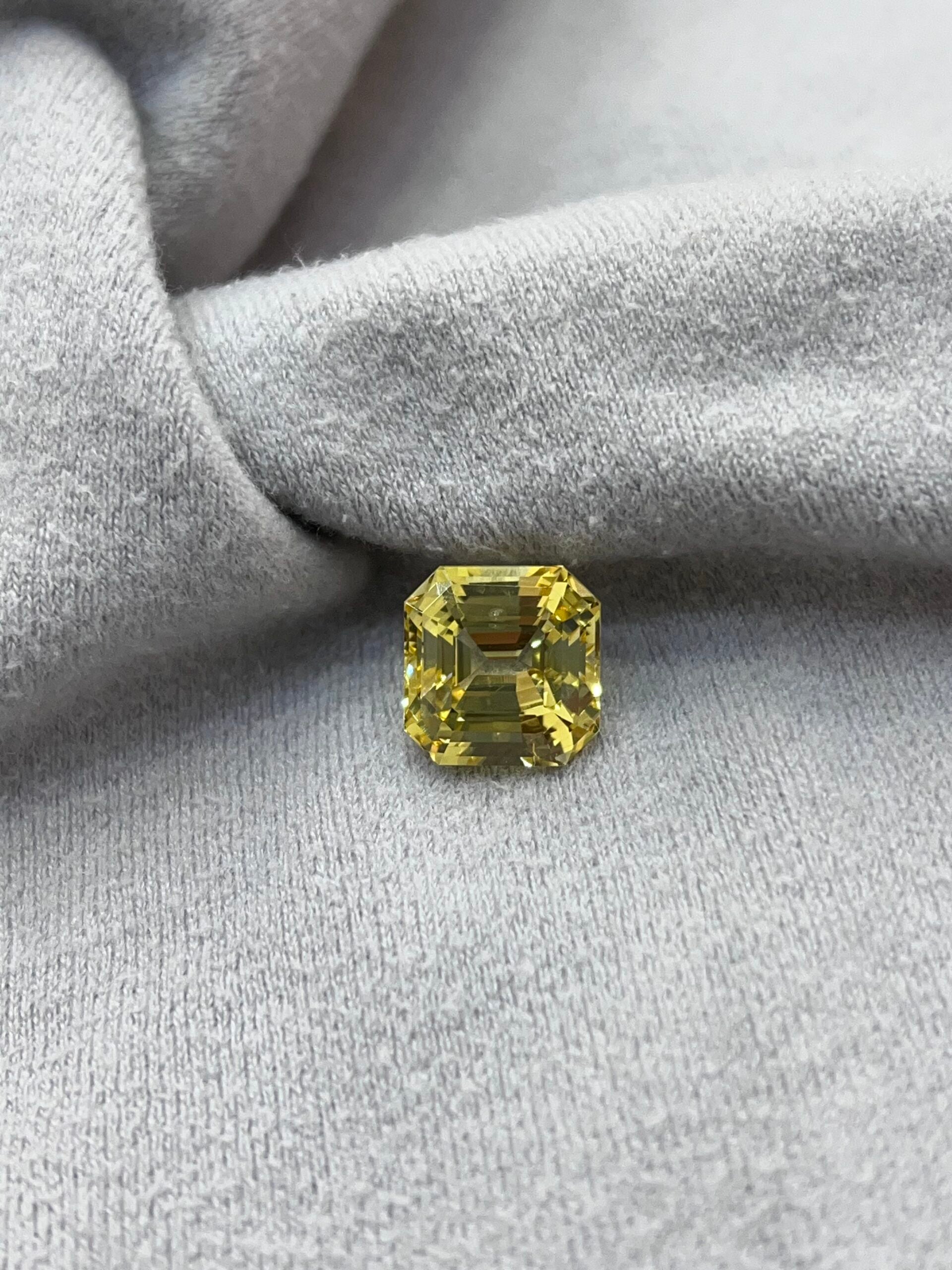
What are sapphires
Coloured Gemstones: Treasured Through the Ages
Sapphires are transparent to semi-transparent gemstones that belong to the 'corundum' family of minerals, with a chemical composition of Aluminium oxide (Al2O3). They are formed under extreme heat and pressure deep within the earth’s mantle and lower crust, making them a product of natural processes over millions of years. Sapphires are second only to diamonds in terms of hardness, scoring 9 on the Mohs scale, which gives them remarkable durability and resistance to scratches.
This combination of strength, along with their striking colours, exceptional brilliance, and captivating beauty, has made sapphires, alongside rubies (which are simply red sapphires), some of the most treasured gemstones throughout history. Their rarity and the mysticism surrounding their formation have further elevated their status. The term 'sapphire' is derived from the Greek word 'sapphirus,' meaning blue, while 'ruby' comes from the Latin word for red. Since the Age of Antiquity, these remarkable stones have been revered by royalty, collectors, and connoisseurs for their enduring elegance and timeless appeal.

Where are they found?
High-quality sapphires are sourced from only a handful of locations worldwide
Sapphires from various regions around the world exhibit unique colour profiles and inclusion patterns, reflecting their individual geological journeys. Key sources include Ceylon (Sri Lanka), Burma (Myanmar), Thailand, Australia, India, Madagascar, Russia, South Africa, and the USA. The world’s finest blue sapphires are often attributed to Ceylon, Burma, Madagascar, and Kashmir.
Ceylon, particularly renowned for its exceptional sapphires, produces prized cornflower and royal blue stones with remarkable hues and saturation. Burma is known for its distinctive blue sapphires, while Kashmir sapphires are highly sought after for their velvety appearance, caused by unique inclusions. Other notable sources, like Australia, the USA, and Madagascar, are known for their teal sapphires, which blend blue and green tones.
Sri Lanka, especially the famous sapphire-rich region of Ratnapura, or the "City of Gems," has been a significant producer of blue sapphires for centuries. Other areas such as Elahera, Balangoda, and Beragala are also known for their high-quality sapphires, including the rare and beautiful Padparadscha sapphire. With its long history of gem mining, skilled craftsmanship, and pristine gemstones, Sri Lanka remains a global leader in the sapphire market.
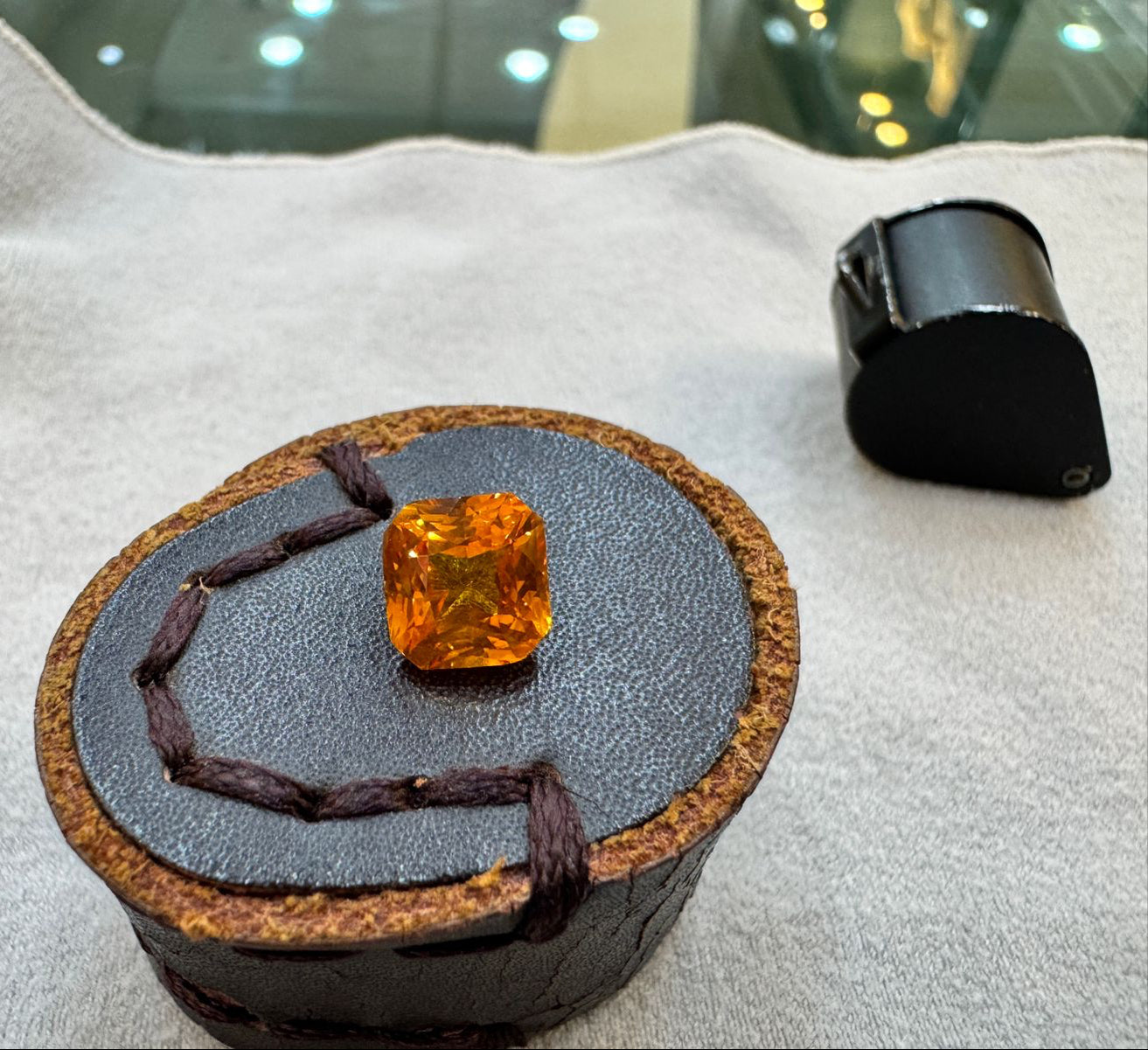
internal characteristics
earth made with natural inclusions
Inclusions are nature’s fingerprint within a sapphire, marking its individual journey through the earth. Just like a fingerprint, no two sets of inclusions are alike. These natural features tell the fascinating story of how a sapphire formed under immense pressure, heat, and geological forces over millions of years. Chemically, inclusions consist of minerals and particles trapped within the crystal structure during the gemstone's formation.
While inclusions in stones like diamonds or tanzanites are often considered flaws, sapphires are a different case. Sapphires are classified as 'Type 2' stones, meaning natural inclusions are common and even expected. Because of this, sapphires are graded on a different scale than diamonds, with their inclusions being factored into their evaluation.
In fact, certain inclusions can enhance a sapphire’s beauty. Some sapphires, particularly those from Kashmir, are known for their velvety inclusions, which give the stone a soft, luxurious finish that amplifies its colour and overall appearance. Sapphires without inclusions are exceedingly rare and, when found, can command a premium for their purity.

Spectrum of colours
The Chemistry of Creation
The beauty of a sapphire lies in its stunning array of colours. While blue is the most famous, sapphires can also appear in a spectrum of hues, from yellow and green to pink, red (rubies), and the rare padparadscha—an exquisite blend of pink and orange that evokes the colours of a lotus flower or a sunset. In its purest state, sapphire is colourless.
The vibrant hues that define sapphires are the result of trace elements interacting within their crystal structure. Blue sapphires owe their rich colour to the presence of iron and titanium. Pink sapphires and rubies are coloured by chromium, while orange and padparadscha sapphires are the result of a mix of iron and chromium. Yellow and green sapphires are influenced by iron, and purple sapphires are created through a combination of chromium, vanadium, iron, and titanium.
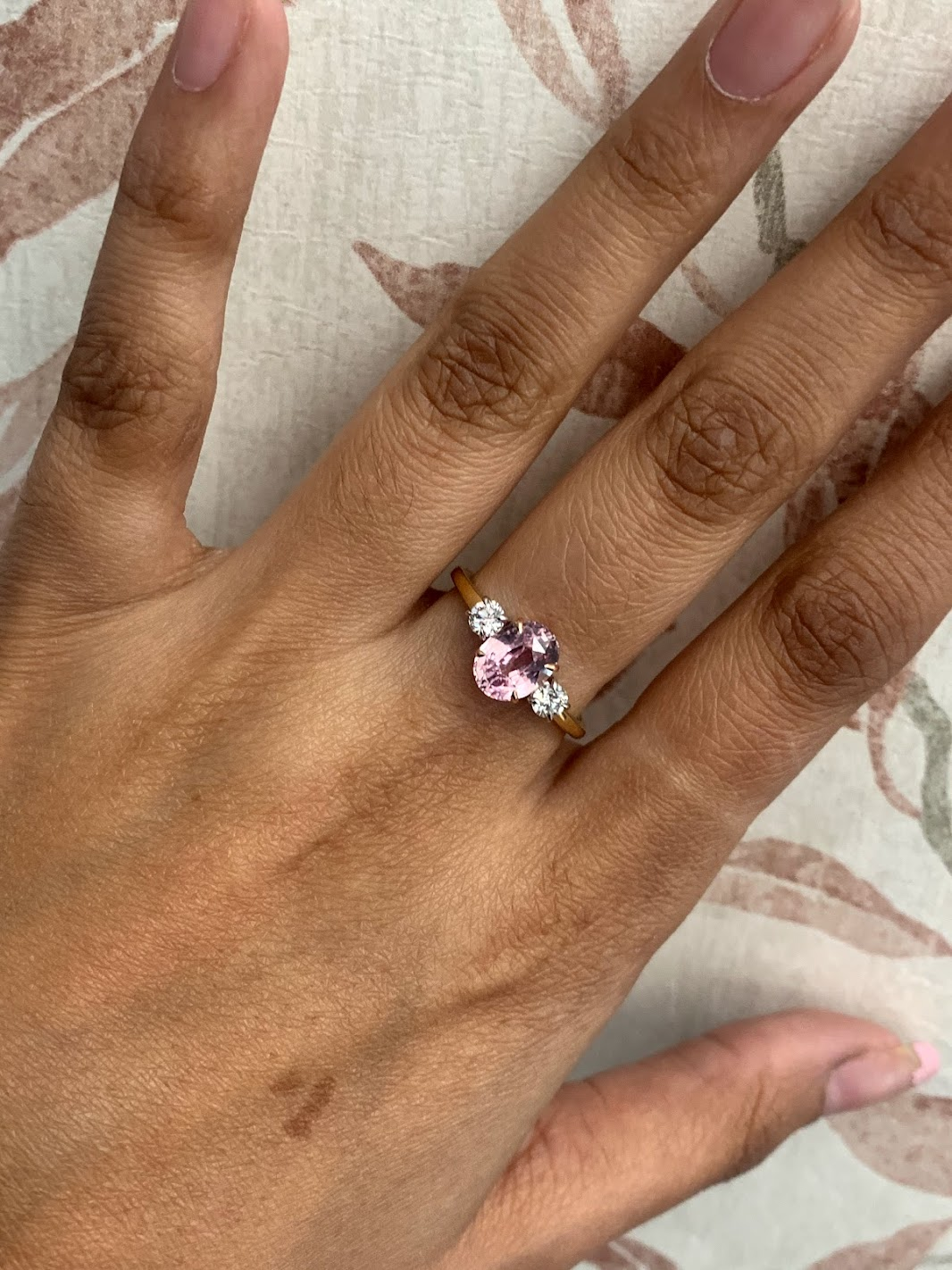
he Mystical Energy of Gemstones
Pathway to Elegance
Beyond their chemical composition, sapphires and their vibrant colours carry deep spiritual significance and symbolism in various cultures.
ThePadparadscha sapphire, named after the Sinhalese word for "lotus flower," is thought to embody wisdom, creativity, vitality, and the strength to overcome challenges.
Blue sapphiresare linked to royalty, wisdom, and insight, whileyellow sapphiresare seen as symbols of abundance and prosperity, with the power to manifest one’s dreams.
Pink sapphiresare believed to enhance emotions of love, forgiveness, acceptance, and healing. Meanwhile,white sapphiresare associated with heightened awareness, clarity, and the ability to discern truth.

Spectrum of colours
Learn about coloured gemstones
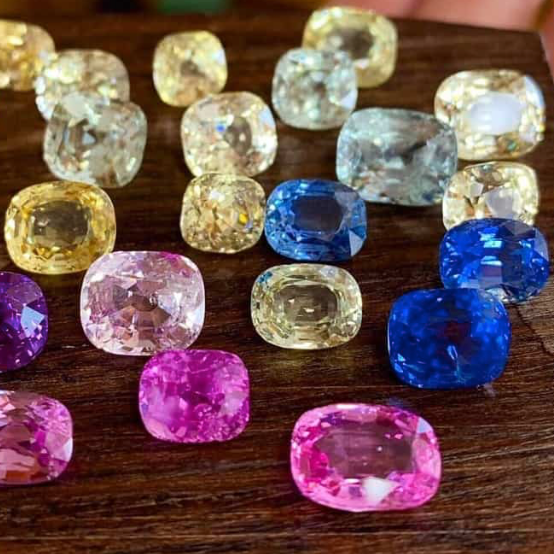
Spectrum of colours
Why Coloured Stones?
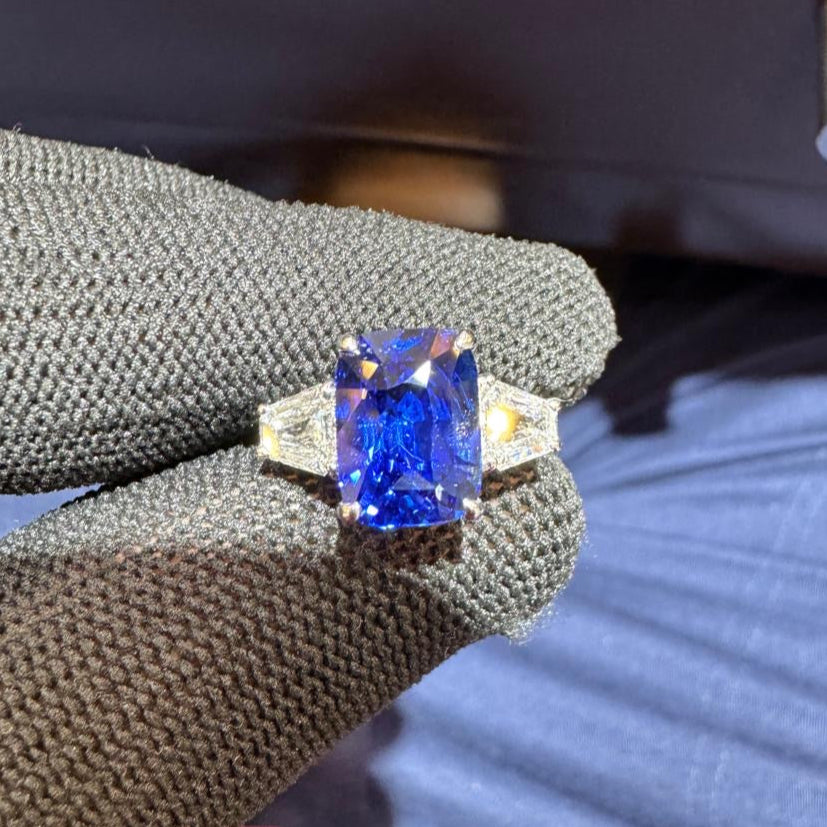
Spectrum of colours
Introduction to Sapphires
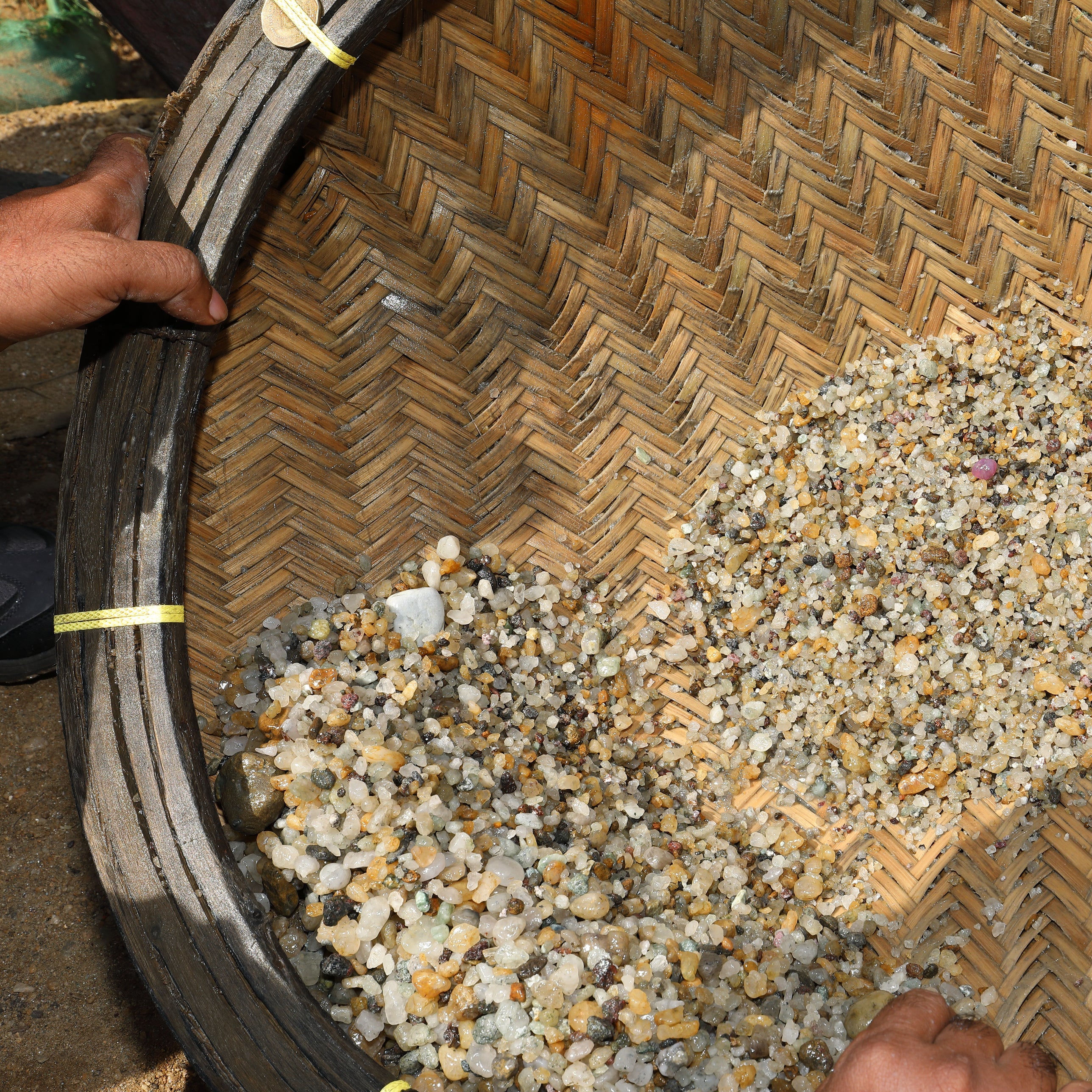
Spectrum of colours
Sapphires: Mine to market
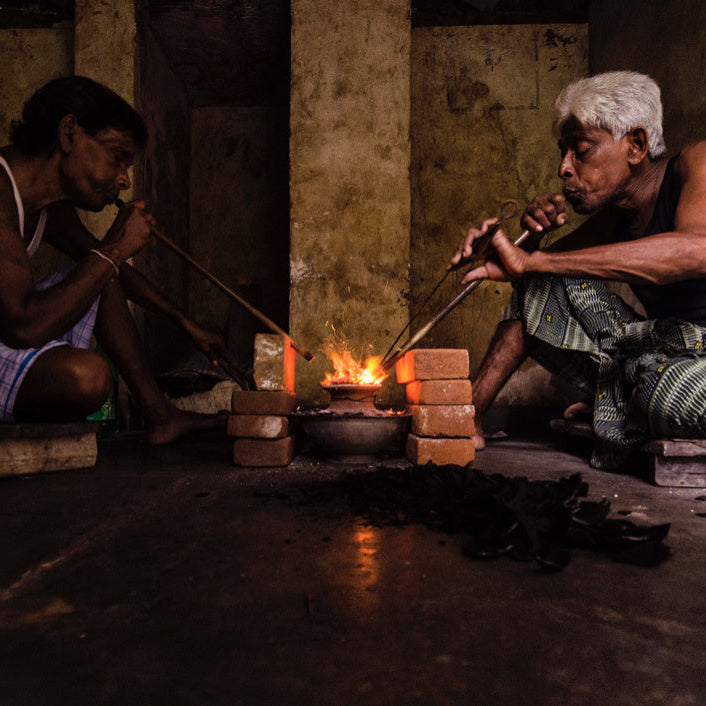
Spectrum of colours
Sapphires treatments

Spectrum of colours
Other coloured gemstones

Spectrum of colours
Introduction To Padparadscha

Spectrum of colours
How to pick your colored stone

